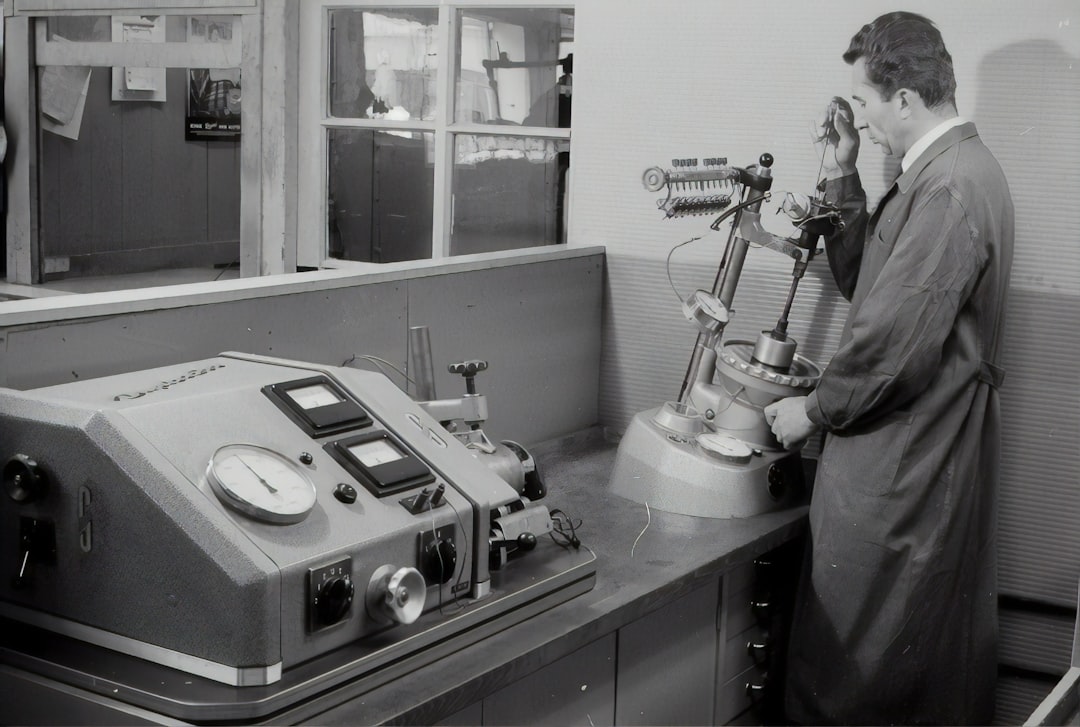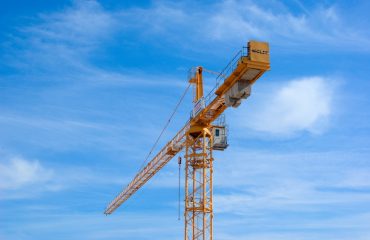body {
font-family: sans-serif;
line-height: 1.6;
}
h1, h2, h3 {
color: #333;
}
Understanding the properties of materials is crucial in engineering design. Mechanical test devices are indispensable tools that allow engineers to evaluate these properties, ensuring the structural integrity and performance of various components and structures. This comprehensive guide will delve into the intricacies of using these devices, covering everything from selecting the right equipment to analyzing the resulting data.
1. Types of Mechanical Test Devices and Their Applications
A wide array of mechanical test devices exists, each designed for specific material properties and testing methods. Common types include:
- Tensile Testing Machines: These machines measure a material’s tensile strength, yield strength, elongation, and modulus of elasticity by applying a controlled tensile force until failure. They are widely used for metals, polymers, composites, and textiles.
- Compression Testing Machines: These machines determine a material’s compressive strength, stiffness, and deformation under compressive loads. Applications include testing concrete, ceramics, and other brittle materials.
- Universal Testing Machines (UTM): These versatile machines can perform a variety of tests, including tensile, compression, bending, shear, and torsion tests. They offer flexibility and are commonly found in materials testing laboratories.
- Hardness Testers: These devices measure the resistance of a material to indentation or scratching. Common methods include Brinell, Rockwell, and Vickers hardness testing, each suitable for different materials and applications.
- Impact Testers: These machines determine a material’s resistance to impact forces, typically using Charpy or Izod impact testing methods. They are crucial for assessing the toughness and fracture behavior of materials.
The choice of a specific device depends heavily on the material being tested, the required properties to be measured, and the desired accuracy and precision.
2. Essential Safety Procedures When Operating Mechanical Test Devices
Operating mechanical test devices requires strict adherence to safety protocols to prevent accidents and injuries. Key safety considerations include:
- Proper Training: Operators must receive thorough training on the specific device’s operation, safety features, and emergency procedures.
- Personal Protective Equipment (PPE): Appropriate PPE, such as safety glasses, gloves, and hearing protection, should always be worn.
- Machine Guards: Ensure all safety guards are in place and functioning correctly before starting any test.
- Emergency Stop Buttons: Operators should be familiar with the location and operation of emergency stop buttons.
- Regular Maintenance: Regular maintenance and calibration of the testing equipment are crucial to ensure accuracy and prevent malfunctions.
- Risk Assessment: A thorough risk assessment should be conducted before each test to identify and mitigate potential hazards.
Neglecting safety procedures can lead to serious consequences, including equipment damage, injury, or even fatality.
3. Data Acquisition and Analysis in Mechanical Testing
Mechanical test devices typically incorporate data acquisition systems to record the force, displacement, and other relevant parameters during the test. This data is crucial for determining the material’s properties. Effective data analysis involves:
- Data Logging: Accurate and reliable data logging is essential. Modern systems often employ software for automated data collection and storage.
- Stress-Strain Curves: For tensile and compression tests, stress-strain curves are generated, providing valuable information about the material’s elastic and plastic behavior.
- Statistical Analysis: Statistical methods may be used to analyze multiple test results and determine the mean, standard deviation, and other statistical parameters.
- Data Interpretation: Interpreting the data correctly is crucial for drawing meaningful conclusions about the material’s properties and suitability for the intended application.
- Report Generation: A comprehensive report should be generated, documenting the test procedure, results, and conclusions.
Accurate data acquisition and analysis are critical for ensuring the reliability and validity of the test results.
4. Troubleshooting Common Issues with Mechanical Test Devices
Even with proper maintenance, mechanical test devices can experience occasional malfunctions. Common issues and their troubleshooting steps include:
- Inaccurate Readings: Check for calibration errors, sensor malfunctions, or loose connections. Recalibrate the device if necessary.
- Mechanical Failures: Inspect the machine for any signs of wear and tear, damaged components, or loose parts. Repair or replace faulty components as needed.
- Software Glitches: Restart the software, check for updates, or consult the software documentation for troubleshooting tips.
- Power Issues: Ensure proper power supply and check for any wiring problems.
- Environmental Factors: Extreme temperatures or humidity can affect the accuracy of the measurements. Maintain a stable testing environment.
Regular preventative maintenance and prompt troubleshooting can minimize downtime and ensure the continued accurate operation of the devices.
5. Selecting the Right Mechanical Test Device for Your Needs
Choosing the appropriate mechanical test device requires careful consideration of several factors:
- Material Type: Different materials require different testing methods and devices.
- Test Type: Determine the specific mechanical properties you need to measure (tensile strength, compression strength, hardness, etc.).
- Load Capacity: Ensure the device has a sufficient load capacity to handle the expected forces.
- Accuracy and Precision: Select a device with the required accuracy and precision for your application.
- Budget: Consider the cost of the device, including purchase price, maintenance, and calibration.
- Automation Capabilities: Evaluate whether automated data acquisition and analysis are necessary.
Careful consideration of these factors will help ensure that you select the most appropriate and cost-effective device for your specific needs.
By understanding the various types of mechanical test devices, adhering to safety protocols, mastering data analysis techniques, and troubleshooting effectively, engineers can leverage these powerful tools to ensure the quality, reliability, and safety of their designs. This comprehensive guide serves as a valuable resource for anyone involved in material testing and characterization.
Tags:
mechanical testing, tensile testing, material testing, compression testing, mechanical test devices




